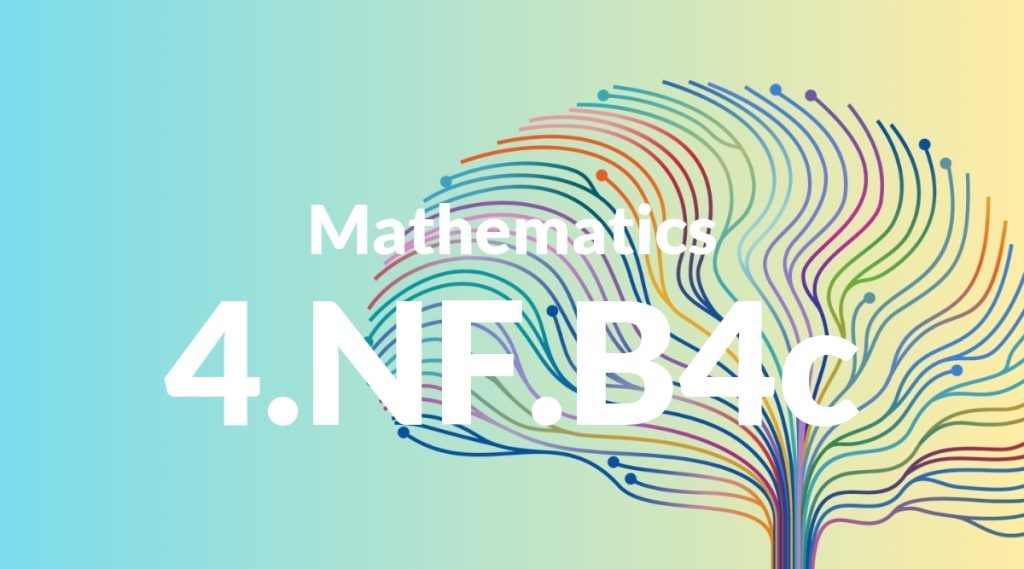Standard: 4.NF.B4 – Apply and extend previous understandings of multiplication to multiply a fraction by a whole number.
Grade level: Grade 4
Subject: Mathematics
Domain: Numbers & Operations – Fractions
Teacher Overview
This standard focuses on extending students’ understanding of multiplication to include multiplying fractions by whole numbers. It is crucial as it lays the foundation for more complex operations involving fractions, such as multiplying fractions by fractions and mixed numbers, which they will encounter in higher grades. Students need to be comfortable with basic multiplication and division, understand fractions, and be able to perform addition and subtraction with fractions having like denominators.
After mastering this standard, students will be prepared to tackle multiplication of fractions by fractions, understand decimal representations of fractions, and solve real-world problems involving these concepts.
Common Misconception 1
Some students may think that multiplying a fraction by a whole number makes the fraction smaller, which is incorrect. This misconception arises from the confusion between multiplication and division operations.
Intervention 1
Using visual aids like fraction strips or pie charts can help students see that multiplying by a whole number actually increases the quantity. Hands-on activities where students physically manipulate objects can reinforce this understanding.
Common Misconception 2
Another common misconception is that both the numerator and the denominator should be multiplied by the whole number. This misunderstanding can lead to incorrect results and confusion.
Intervention 2
Teachers can clarify this by using step-by-step examples and emphasizing that only the numerator is multiplied by the whole number, while the denominator remains unchanged. Visual aids and repeated practice can also help solidify this concept.
Prerequisite Knowledge
Students should understand basic multiplication and division, have a solid grasp of fractions (including understanding numerators and denominators), and be able to add and subtract fractions with like denominators.
Subsequent Knowledge
Students will develop the ability to multiply fractions by fractions, understand decimal representation of fractions, and solve real-world problems involving the multiplication of fractions and mixed numbers.
Instructional Activities
- Using fraction strips to visually multiply fractions by whole numbers
- Interactive games that involve multiplying fractions by whole numbers
- Real-world problem-solving tasks like adjusting recipes
- Group activities where students distribute fractional parts among each other
- Worksheets with step-by-step multiplication problems




